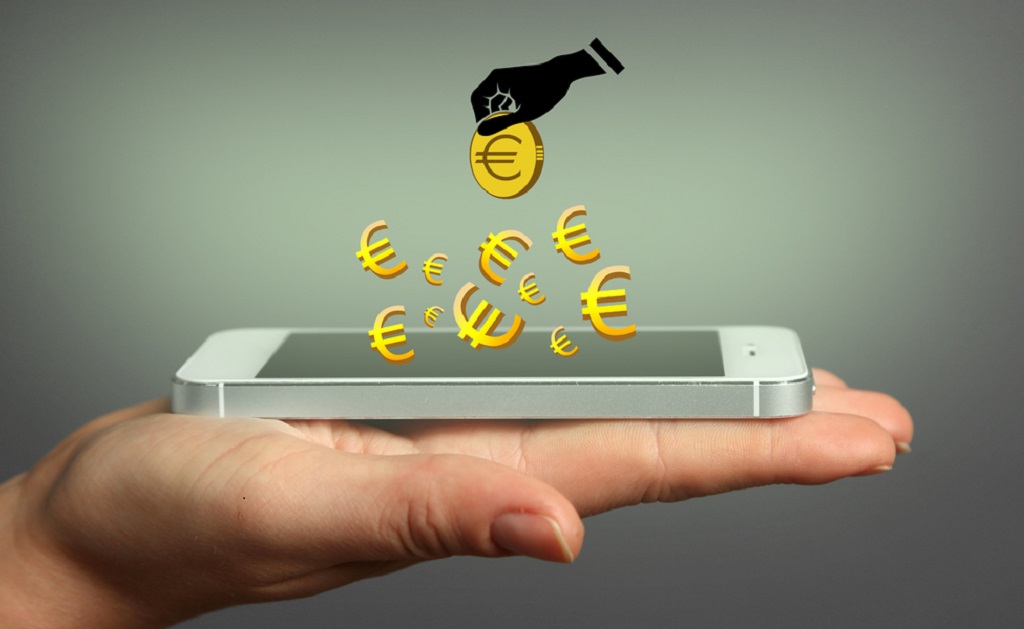In the last decade, the financial industry has witnessed tremendous technological disruption. This disruption has impacted the existing business models, and also led to the advent of new ones. Digital payments, open banking, automated underwriting, mobile banking, peer-to-peer lending, and digital authentication are some of the business models that came into existence only in the last decade. The major driving forces behind these transformations were enhancing customer satisfaction, lowering the cost, and creating alternative product options, curated based on customer’s needs.
Currently, the digital lending industry is witnessing a similar transformation and has come a long way in the past decade. The digitization of lending started with the need to overcome the traditional pain points (extensive, time-consuming, manual, and complicated) in the lending process. With digitization, the lending process steps have become paperless and faster. As per a report from Mckinsey, a large European bank boosted win rates by a third and average margin by over 50 percent as a result of slashing its time for small- and medium-enterprise (SME) lending from 20 days to less than ten minutes, far outpacing the competition. This has, on the one hand, helped individuals and businesses to get easier access to funds, and on the other hand, helped the banks and fintechs to reduce their overall cost in disbursing the loans.
The lending models have seen frantic activity, in the last few years, with a range of new fintech entrants into the digital lending business. Moreover, traditional banks have also come out of their shell to stay in the competition. However, there are cases when the banks find it difficult to transform due to compliance with the regulatory framework or hindrance due to legacy systems. In such cases, the banks have collaborated with the fintechs, wherein the banks can utilize the tech stack, improved algorithms, and agile way of working of the fintechs, and the fintech can tap into the bank’s brand name and large customer base. Fundbox, a fintech in the USA, is collaborating with Synchrony Financial to cater to the small business customer base. In India, ICICI bank and Paytm have partnered to offer short-term instant digital credit.
|
According to an International Finance Corporation report published in 2017, around 40 percent of the formal micro, small, and medium businesses in the developing countries have an unmet financing need of $5.2 trillion every year. |
To be ready for such a huge demand, the banks and fintechs are inducing a plethora of technological innovations in their lending process. Now that we have an idea, let us delve deeper into the latest trends in digital lending.
The types of business models
The collaborative model between fintechs and traditional banks is gaining momentum as it creates a win-win situation for both. Holland-based NIBC bank extended partnership with fintech Oaknorth to enhance efficiency in credit analysis by leveraging the Oaknorth platform.
US digital lender Kabbage has tied up with big banks like ING and Santander to provide lending solutions; however, companies like Kabbage also lend directly to the end customers. This is an example of an independent platform model.
The point of sale transaction based model uses POS transaction data to create lending programs aimed at financing merchants who use swipe machines to accept money. Companies like Neogrowth (India) have raised unsecured loans to merchants.
The marketplace or the aggregator model focuses on providing the end consumer different lending options available in the market based on the exact need (tenure, amount, prepayment mode, etc.) of the consumer. Lendio, Paisabazaar, etc., are examples of this type of model.
The Peer-to-peer model (P2P) aims to meet the demand of borrowers through other individuals who are willing to deploy their liquid funds for lending purposes. Companies like Funding Circle, Lending Circle, LendingClub, etc. are into P2P lending.
Comprehensive credit scoring model
The credit scoring model of many traditional banks for a customer or business is not tailored to customer segments or products. The SME sector, out of all the industrial sectors, has the biggest gap in the demand and supply of credit. Many SMEs are hesitant to seek or cannot access credit owing to the extensive documentation, collateral requirements, high costs and interest rates, and long decision timeframes.
To cater to this, many fintechs have come up with alternative data models (using data points like online ranking, social media, psychometric testing, etc.) in addition to the traditional data (bank, accounting, transaction, and sales data).
The data includes but is not limited to:
- Personal data such as name, age, email ID, location, personal ID, credit score, contact number, bank statements, etc.
- Business data such as financial statements, business account statement, cash flows, social media page reviews, POS transactions, account receivables, etc.
- Behavioral data such as psychometric tests, card spending patterns, and some lenders even check on how the application form has been filled by the applicant.
|
According to a Forbes article, a lender called Upstart in the USA uses variables like educational degrees, area of study, and occupation to take the decision for a loan request. |
These alternative data models have helped to reduce the risk and cost of lending, and at the same time, have made funds accessible to the end customers.
Partnerships will help enhance the efficiency of the lending process
With the growing need of different data points pertaining to the business or the customer, lenders will tie-up with fintechs, technology companies, government systems, third party processors, credit bureaus, alternate data providers, etc.
The companies providing products around digital signing (Docusign, Digio, etc.), credit scoring (FICO, Equifax, etc.), fraud checking (Equifax, Emailage, etc.), ID card scanning and verification (Mitek, Trulioo, etc.), government systems (e-KYC through Aadhaar, Digilocker, etc.) will witness an increase in demands and will have more partnerships with banks and fintechs to enhance the efficiency of the lending process.
Organizational transformations in lending
The lending landscape will be impacted by the intrusion of technology and the advent of digitization. It is also expected that the power centers in lending will shift. The operations, and risk and credit, which were once considered the power centers would lose their position to data and technology, as more and more of the processes get automated.
Going forward, algorithmic lending and digital consumer engagement will make multiple roles in credit sanctioning, credit operations, and other backend operations redundant. So, the lenders will need to identify opportunities for the redeployment of the deserving resources in other departments. The employees will also need to reskill or upskill to take over other roles in the future.
Challenges associated with digitization
With increasing involvement of algorithms in the loan decision-making process, the algorithms must be designed properly, and any small changes for improvements should be thoroughly tested. Moreover, with the digitization, the human touch factor is diminishing day by day. However, the essence of ‘human touch’ is to always make a customer feel secure and emotionally connected. There are still many customer segments like socially-backward/rural areas, and senior citizens, who can struggle to keep up with this evolution in technology. A strategically placed physical presence will continue to play an important role in helping the financial services providers serve the emerging markets.
|
According to the Digital lending report published by BCG in 2018, the total retail loan disbursement in India alone is estimated to cross $1 trillion by 2023. |
Bottom line
The digital lending market is at its prime, and the demand forecasts are proving to be a big challenge for the lenders. They say the bigger the challenge, the bigger the opportunity: Lending is a huge opportunity and has seen significant signs of disruptive innovations. Of course, there are exciting times ahead for the lending industry.





